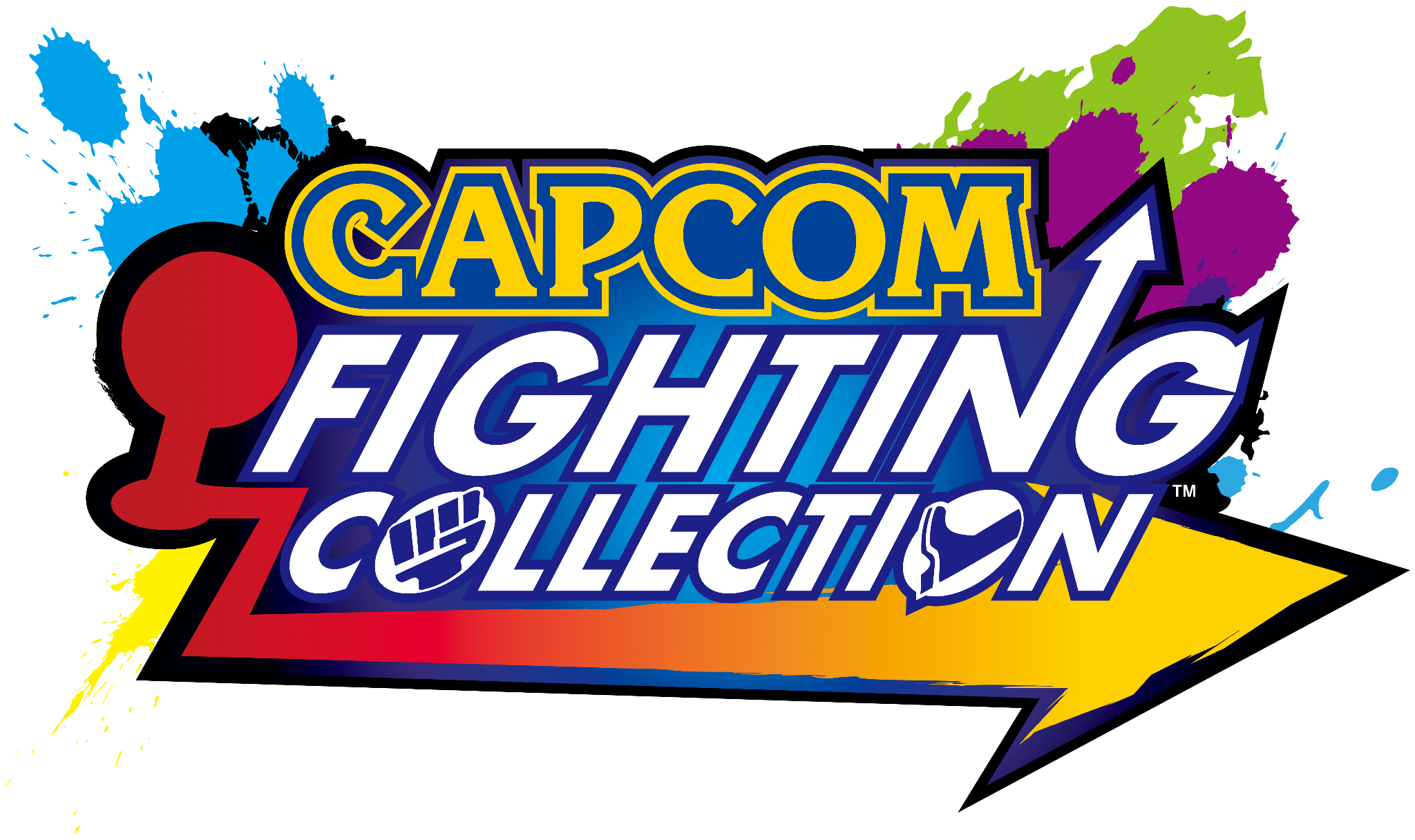Street Fighter II, as the name implies, didn’t start the fighting game genre, but it certainly propelled it into the mainstream collective of the 1990s. Since then, Capcom has been riding that wave with various franchises, sequels, reworks, and countless variations on the theme. For those who grew up in that generation, a lot of those games are forever etched with love in our memories.
It’s this demographic that the Capcom Fighting Collection is uniquely geared to. The 10 fighting games from the 90s in this collection might not cover the entirety of Capcom’s fighters, but they offer some great examples of why this genre still endures. More importantly, it means that modern systems can play the entire Darkstalkers series, which is a damn compelling reason to rush over and download this pack right now.
Capcom Fighting Collection Review: 35 Years of Kicking Ass
Darkstalkers: The Night Warriors was first released in 1994. It was a supernatural monster-themed take on SF2 with familiar controls and an array of wild, wonderful characters. From Frankenstein’s monster, a succubus, a cat girl, vampire, and werewolf to a zombie, Japanese yokai spirits, and even Sasquatch, it made other fighting game rosters look pedestrian.
There are five Darkstalkers arcade games here, including Night Warriors: Darkstalker’s Revenge, Vampire Savior, and, for the first time in the West, the Japanese-only Vampire Hunter 2 and Vampire Savior 2. Characters from that series have appeared in other Capcom fighters and 2013 saw Darkstalkers Resurrection on the PS3 and Xbox 360, but having the complete series in one place is very nearly enough to make this collection worth the price on its own.
Thankfully, there are several other additions just as noteworthy. While Hyper Street Fighter II isn’t that exciting, the adorably creative Super Gem Fighter Mini Mix and weird off-shoot competitive puzzler, Super Puzzle Fighter II Turbo, are still tons of fun to play.
Cyberbots is another obscure fighting gem, where characters in mech suits battle across a sci-fi universe. It never got the attention it deserved on consoles in the West, but the crisp, responsive fighting action still feels top-notch.

Finally, there’s Red Earth, a beyond obscure game that was never released outside of arcades and was like finding a unicorn in one. A strange blend of standard fighting game mechanics and role-playing, Red Earth is a remarkably ambitious piece of work. Released in 1996, it was the first game to use Capcom’s CP System III hardware (which would propel Street Fighter III to popularity). There are only four characters to choose from — a sorceress, half-man/half-lion warrior, a ninja, and a Chinese martial artist. In the quest mode, Red Earth proved itself nearly radical in design.
You can write down save codes when you lose a battle against the eight CPU-controlled boss-like opponents, which lets you continue where you left off. As your fighter progresses, they’ll go up in level, earning new moves and stat-boosts. Random chests appear during the fight to provide special moves and food for a health boost. It even includes multiple endings based on a variety of factors (such as the number of continues used and even player actions) and, most surprisingly, fatalities.
The bosses have an extended health bar and your health carries over after a successful fight. If you lose to a boss and continue, their health will be roughly where it was when you lost. There’s a ton of strange and innovative elements in Red Earth, most largely designed to keep players plugging quarters in.
Playing the game now, it’s still remarkable. The character design is particularly stunning. Your opponents are, much like in Darkstalkers, specifically-themed creatures largely from mythology. There’s a massive oni (Japanese ogre), a hybrid sphinx/chimera, a wild kraken-like water creature, a Central-American-themed robotic statue, and even a T-rex dragon beast, among other surprises.
The biggest complaint is (as yet) there’s no way to really open the game up to play as the bosses in versus mode, but as an historical artifact, Red Earth is superb.
Of course, the biggest blanket addition to all these games is the inclusion of online play, so you can battle with strangers. There’s plenty of nostalgia to unlock in the museum, too, such as music tracks and concept art. A variety of video filters lets you make the games look perfectly retro.
Capcom Fighting Collection Review – The Bottom Line

Pros
- All of the Darkstalker arcade games, finally!
- Red Earth, never released on consoles anywhere, is terrific and weird.
- Familiar, great controls and online play make this a complete package.
Cons
- A bit pricey for a retro collection.
- Hyper Street Fighter II is the least interesting and original game here and takes a slot for something else.
- An enhanced version of Red Earth to unlock the CPU characters would have been excellent.
For fighting game lovers, the Capcom Fighting Collection is a treasure trove of ’90s goodness. Aside from finally being able to play the Darkstalkers series again, the inclusion of Red Earth, Cyberbots, and others makes this a thoroughly entertaining package.
[Note: Capcom provided the copy of the Capcom Fighting Collection used for this review.]







Published: Jun 24, 2022 09:26 pm